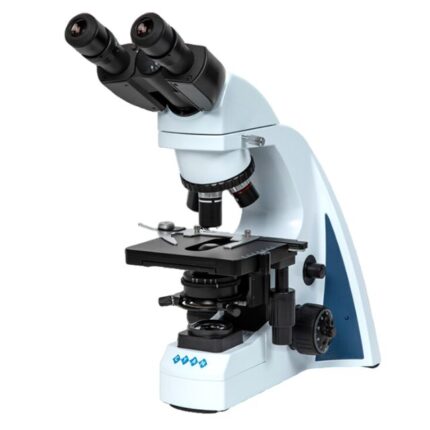Calcium – Aiii Biochemistry Reagent – Labkit
Calcium plays an active physiological role in bone mineralisation, neuromuscular excitability, muscle contraction, and blood coagulation. Many enzymes require calcium ions as a cofactor, including several of the factors. Plasma calcium levels in mammals are tightly regulated, with bone acting as the major mineral storage site. Intracellular calcium is stored in the mitochondria and the endoplasmic reticulum. Calcium ions (Ca2+)), are released from bone into the bloodstream under controlled conditions and is transported as dissolved ions or protein-bound.
Approximately 50% of the calcium is free and 40 to 45% is protein bound and is mainly associated with albumin. Remaining 5 to 10% is found in complexes. Calcaemia measures total calcium but only free calcium is biologically active. The serum calcium concentration is normally maintained in the range of 8–10 mg/dL. Individuals with a blood calcium ≥ 10.5 mg/dL are hypercalcaemic. Clinical symptoms involving in the renal, skeletal, gastrointestinal, cardiovascular, muscular, and nervous systems occur at serum calcium concentrations ≥ 12 mg/dL.
Hypocalcemia can result from chronic renal failure with hypercreatinaemia and hyperphosphatemia, or hypoparathyroidism, or vitamin D deficiency (osteomalacia, rickets etc). The most common cases of hypercalcemia are associated with hyperparathyroidism, tumors and bone metastases, hyperthyroidism or vitamin D over dose.











Reviews
There are no reviews yet.